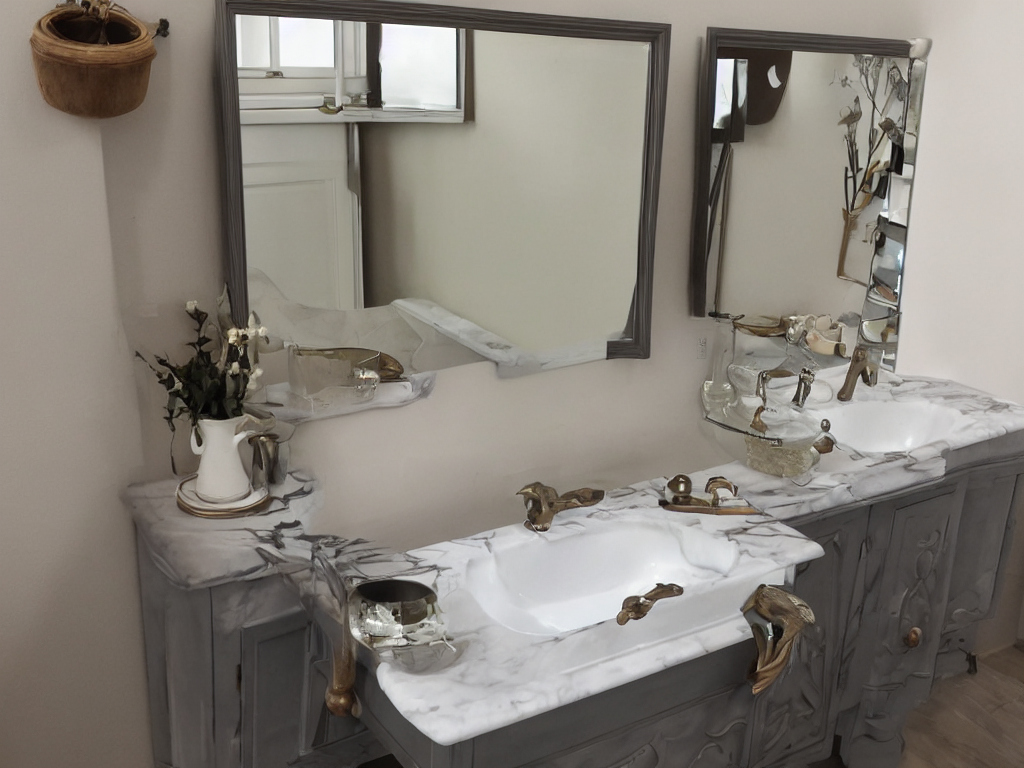Attaching a sink to a vanity is a task that blends functionality and aesthetics into a seamless operation. While it might seem straightforward, the nuances involved can make or break the installation. For plumbers, mastering this task is essential for ensuring client satisfaction and avoiding costly callbacks.
The Importance of Proper Sink-Vanity Attachment
Properly attaching a sink to a vanity is more than just a matter of function—it’s also about aesthetics and longevity. An incorrectly attached sink can lead to leaks, unstable fixtures, and a less-than-professional appearance. By following best practices, plumbers can ensure that the sink is both secure and visually appealing, providing a durable solution that customers will appreciate.
Preparing the Vanity for Sink Installation
Before you even think about attaching the sink, it’s crucial to prepare the vanity properly. Start by measuring the vanity’s surface to ensure the sink will fit well. Mark the cutout area accurately to avoid any misalignment. Use a jigsaw to cut the marked area, taking care to follow the lines precisely. Sand down the edges for a smooth finish, which will help in achieving a snug and secure fit for the sink.

Positioning and Securing the Sink
Once the vanity is ready, it’s time to position and secure the sink. Depending on the type of sink—whether it’s under mount, drop-in, or vessel—the steps will vary slightly. For undermount sinks, ensure the underside is clean and apply a bead of silicone sealant around the edge. Carefully position the sink from beneath the countertop and secure it using mounting clips.
For drop-in sinks, place the sink into the cutout and check for an even fit. Adjust as necessary and apply a bead of silicone around the perimeter before pressing it down firmly. Finally, for vessel sinks, position the sink over the pre-cut hole and use a mounting ring to secure it in place.
Ensuring a Watertight Seal
An effective watertight seal is crucial to preventing leaks and water damage. Silicone sealants are commonly used for this purpose due to their flexibility and durability. Apply a generous bead of silicone around the sink’s edge where it meets the vanity. Smooth it out with a caulking tool or your finger, ensuring no gaps are left. Allow the sealant to cure for the recommended time before testing for leaks.
Common Mistakes to Avoid
Even experienced plumbers can make mistakes when attaching a sink to a vanity. One common error is not leveling the sink properly, which can lead to water pooling and leaks. Always use a spirit level to ensure the sink is perfectly horizontal. Another mistake is using the wrong sealant; always opt for high-quality, waterproof silicone to ensure longevity.
If you encounter leaks, check the sealant for gaps or weaknesses and reapply as necessary. For uneven placement, adjust the sink and secure it again, ensuring all mounting clips or screws are tight.
Maintaining the Sink-Vanity Attachment
After successfully attaching the sink to the vanity, maintenance is key to ensuring its long-term functionality and appeal. Regularly inspect the sealant for signs of wear or damage, and reapply as needed. Ensure that mounting clips or screws remain tight to prevent any loosening over time. By keeping the sink and vanity clean and well-maintained, you can extend the life of the installation and keep your clients happy.
Final Thoughts
The best way to attach a sink to a vanity involves meticulous preparation, precise positioning, and ensuring a watertight seal. Avoiding common mistakes and performing regular maintenance will guarantee a flawless installation every time. By mastering these steps, plumbers can provide top-notch service that stands the test of time.